THE SILENT AND THE DAMNED
THE SILENT AND
THE DAMNED
The Murder of Mary Phagan and
the Lynching of Leo Frank
ROBERT SEITZ FREY
AND
NANCY C. THOMPSON
Foreword by
JOHN SEIGENTHALER

First Cooper Square Press edition 2002
This Cooper Square Press paperback edition of The Silent and the Damned is an unabridged republication of the edition first published in Lanham, Maryland in 1988. It is reprinted by arrangement with the authors.
Copyright 1988 by Robert Seitz Frey & Nancy ThompsonFrey
All rights reserved.
No part of this book may be reproduced in any form or by any electronic or mechanical means, including information storage and retrieval systems, without written permissions from the authors, except by a reviewer who may quote passages in a review.
Published by Cooper Square Press
A Member of the Rowman & Littlefield Publishing Group
150 Fifth Avenue, Suite 817
New York, New York 10011
Distributed by National Book Network
Library of Congress Cataloging-in-Publication Data
Frey, Robert Seitz, 1955 The silent and the damned. Bibliography: p. Includes index. 1. MurderGeorgiaAtlantaCase studies. 2. Phagan, Mary, d. 1913. 3. Frank, Leo, 18841915. I. Thompson-Frey, Nancy, 1955 . II. Title.
HV6534,A7F74 1987
364.152309758231 8724758
ISBN 978-0-8154-1188-8
 The paper used in this publication meets the minimum requirements of American National Standard for Information SciencesPermanence of Paper for Printed Library Materials, ANSI/NISO Z39.481992.
The paper used in this publication meets the minimum requirements of American National Standard for Information SciencesPermanence of Paper for Printed Library Materials, ANSI/NISO Z39.481992.
To Becky, Joshua, and Jeremy
for being, and being ours
CONTENTS
LIST OF ILLUSTRATIONS
(following )
(following )
ACKNOWLEDGMENTS
This is to express appreciation to Dr. George L. Berlin of Baltimore Hebrew College for his assistance in developing the primary thematic contours of this work.
We owe a debt of gratitude to Gary S. Hauk, Reference Librarian at Pitts Theology Library of Emory University in Atlanta. Mr. Hauk went far beyond the call in answering the request for information on the Frank case.
We also would like to thank William R. Glass of Emory University, Professor Stanley N. Rosenbaum of Dickinson College, Ms Pat Olson of the Christian Century, Ms Joy K. Floden of the Central Congregational Church in Atlanta, and Dr. Joseph Troutman of the Atlanta University Center.
Much appreciated were the efforts of Granville Meader, Ph.D., in reading this manuscript in its early stages and providing words of support throughout the writing effort.
Special thanks go to the staff members of the Atlanta Historical Society, the Georgia Department of Archives and History, the Special Collections Department of Emory University, the Atlanta Office of the Anti-Defamation League, and the Harvard Law School Library. People at each of these institutions and offices were very helpful in facilitating our research efforts. Michael Winograd of ADL in Atlanta and Dale Schwartz, an attorney with Troutman, Sanders, Lockerman & Ashmore in Atlanta, gave personal attention to our questions as did Virginia Shadron of the Georgia Department of Archives and History and Judith Mellins of Harvard Law School. John L. Seigenthaler, president and publisher of the Nashville Tennessean, was extremely generous in sharing his time and insight into the Frank case with us. Beverly Burnett of the Tennessean was also very helpful.
We would like to acknowledge the interest and enthusiasm brought to this project by Charles A. Lean, managing editor of Madison Books. Lastly, we thank Roy Hoopes for adding his editorial polish and personal interest and knowledge to our manuscript.
FOREWORD
By John Seigenthaler
It was a dramatic murder trial that marked a sad moment of history in the annals of the American system of justice; a controversy that would make and break careers of public figures; an event that would stir the smoldering coals of anti-Semitism in Atlanta, ruin the cultural reputation of a great city for a decade and subvert the administration of justice in the state of Georgia for more than 70 years. Finally, a book can record the last chapter: truth exposed, injustice branded, wrong righted.
Imagine the circumstances: a 13-year-old girl murdered, her mauled body found hidden in the basement of the pencil factory where she worked and had come one day to claim her paycheck.
The physical evidence indicated that she was strangled, that she was not raped, and that she was robbed of the pittance of her paycheck. Two barely legible, hardly literate handwritten notes were located by police near the body.
Overnight, little Mary Phagan, the victim of brutal murder, became a national heroine. And within a fortnight Leo Frank, the Jewish manager of the factory accused as her murderer, became a national villain.
Tension in the community began to grow from the night the body was discovered until the morning the trial of Leo Frank began. At the time the crucial testimony was given, crowds mobbed the streets outside the courthouse screaming for the conviction and execution of the Jew.
The chief witness against Leo Frank was Jim Conley, a drunken janitor who was, himself, a suspect when the police arrested him. Lies poured out of him. He had not been at the factory that day, he said. He could not read or write and could not have written the notes found near the body. Five separate stories he told police as they grilled him over several daysuntil, finally, with the help of the prosecutors, he crafted a tale that was strong enough to win an indictment against Frank, his employer.
Frank, said Conley, had committed the murder and he had enticed him, with promise of money, to help him hide the body in the basement. Frank had dictated to him the notes found near the body, Conley swore.
The government found witnesses to swearfalsely, it later turned outthat Frank was a sexual deviant. It was an attempt to make it appear that Frank had not raped the little girl because his sexual preferences were not normal.
His defense was strong; the evidence, with the exception of Conleys perjury, was absurdly circumstantial; but the mob atmosphere that surrounded the courtroom was real and threatening.
On the morning that the guilty verdict was rendered the trial judge, so certain that Frank would be cleared and so fearful that the angry mob would try to lynch him, ordered that he not enter the courtroom but be held in custody away from the scene.
The frightened jurys verdict of guilty appeased the mobs lust for the blood of the Jew.
Almost unnoticed in the heat of the trial testimony and clearly forgotten with the verdict, had been the brief, virtually meaningless testimony of little Lonnie Mann, a stuttering office boy who had worked for Leo Frank and had been in the factory that day Mary Phagan lost her life.
The lad had been instructed by his parents not to tell what he had seen that day and it was almost 70 years before his crucial evidence was revealed.
So Frank was sentenced to hang. The governor of Georgia conducted his own inquiry into the facts and, convinced that Frank was not guilty, commuted the sentence to life imprisonment.
Once more, mob rule exploded. The residence of the governor had to be protected by a ring of security guards. The governor left the state and vacationed in California to evade the mob. His decision robbed the scaffold brieflybut permanently robbed the governor of a brilliant political future.
Next page

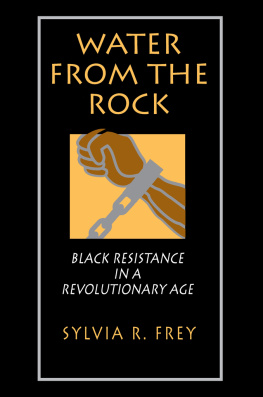
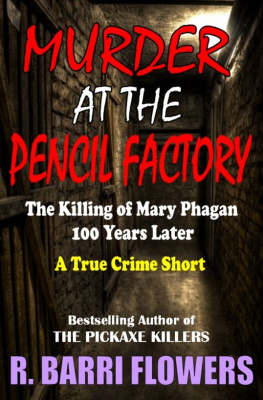
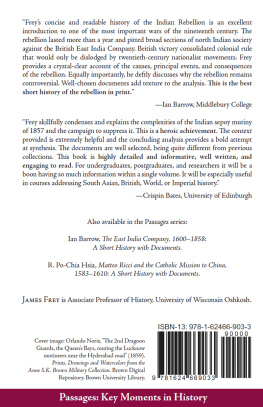

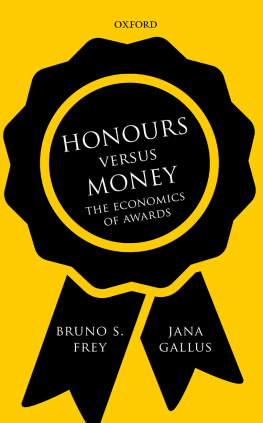
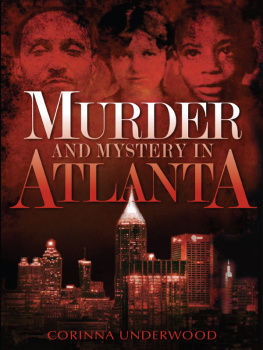
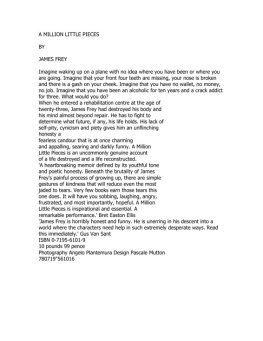
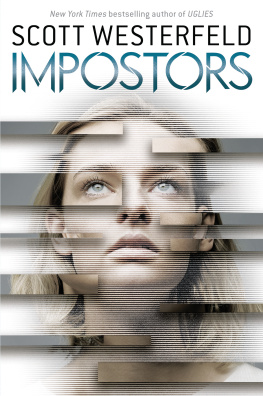
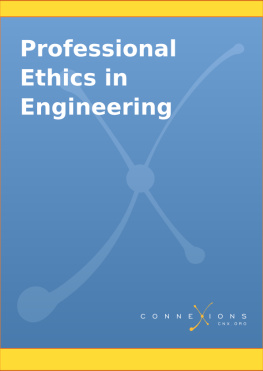

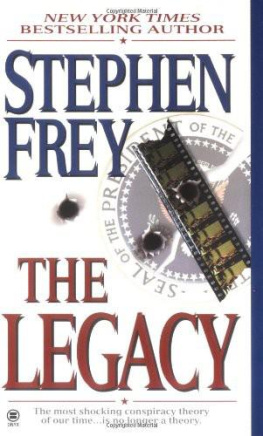


 The paper used in this publication meets the minimum requirements of American National Standard for Information SciencesPermanence of Paper for Printed Library Materials, ANSI/NISO Z39.481992.
The paper used in this publication meets the minimum requirements of American National Standard for Information SciencesPermanence of Paper for Printed Library Materials, ANSI/NISO Z39.481992.